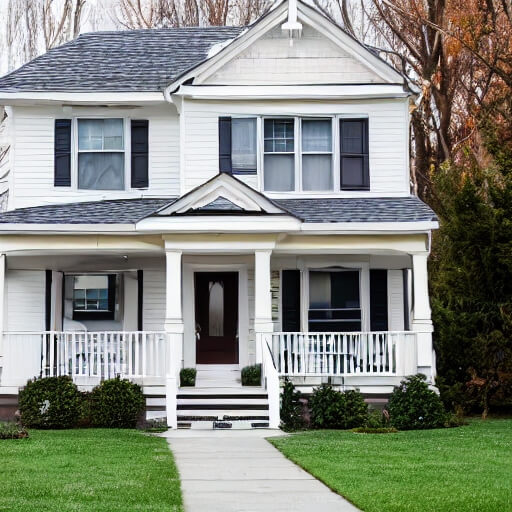Owning a home is a significant milestone for many individuals and families, but the financial barriers can sometimes feel daunting. One of the most significant hurdles is often the down payment required to secure a mortgage. Traditionally, a substantial down payment—usually around 20% of the home’s purchase price—has been the norm. However, in recent years, there has been an evolution in the mortgage industry, allowing for more flexibility and accessibility, even with lower down payments.
Understanding Down Payments
A down payment is a lump sum payment made upfront towards the purchase price of a property. It serves as a demonstration of financial stability and commitment to the mortgage lender. The standard 20% down payment has historically been considered ideal, as it reduces the lender’s risk and can often result in better loan terms, including lower interest rates and reduced mortgage insurance costs.
Low Down Payment Options
For individuals or families unable to provide a hefty 20% down payment, several low down payment options exist, making homeownership more accessible:
FHA Loans:
Insured by the Federal Housing Administration, these loans require a down payment as low as 3.5% of the purchase price. They are popular among first-time homebuyers due to their lenient credit score requirements and lower down payment.
VA Loans:
Offered to eligible veterans, active-duty service members, and certain military spouses, VA loans often require no down payment at all. They are backed by the U.S. Department of Veterans Affairs, making homeownership more feasible for those who have served in the military.
USDA Loans:
These loans, backed by the U.S. Department of Agriculture, are designed to promote homeownership in rural areas. They offer zero down payment options to eligible borrowers buying in designated rural zones.
Conventional Loans with Low Down Payment Programs:
Some conventional loans, which aren’t insured by government agencies like FHA, now offer programs with down payments as low as 3%. These programs often have specific criteria and may require private mortgage insurance (PMI) for loans with less than a 20% down payment.
Factors to Consider
While low down payment options expand accessibility to homeownership, there are factors to consider before pursuing such mortgages:
Mortgage Insurance:
With a down payment below 20%, lenders typically require mortgage insurance. This insurance protects the lender in case the borrower defaults on the loan, adding an additional cost to the monthly mortgage payment.
Interest Rates:
Low down payment mortgages might come with slightly higher interest rates compared to conventional loans with higher down payments. This can affect the overall cost of the loan over its lifetime.
Loan Approval and Eligibility Criteria:
Lenders often have specific eligibility criteria for low down payment loans, including credit score requirements and debt-to-income ratios.
Long-term Financial Planning:
Consider your long-term financial goals and whether committing to a lower down payment aligns with these objectives. Assess your ability to manage monthly mortgage payments comfortably.
Conclusion
The dream of homeownership is within reach for many, even with a low down payment. Various mortgage programs cater to individuals and families who might not have the means to provide a traditional 20% down payment. However, it’s crucial to weigh the pros and cons, considering the impact of mortgage insurance, interest rates, and eligibility criteria before opting for a low down payment mortgage. Consulting with a trusted mortgage advisor can provide clarity and help navigate the best path toward owning a home while balancing financial stability.

